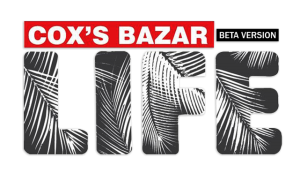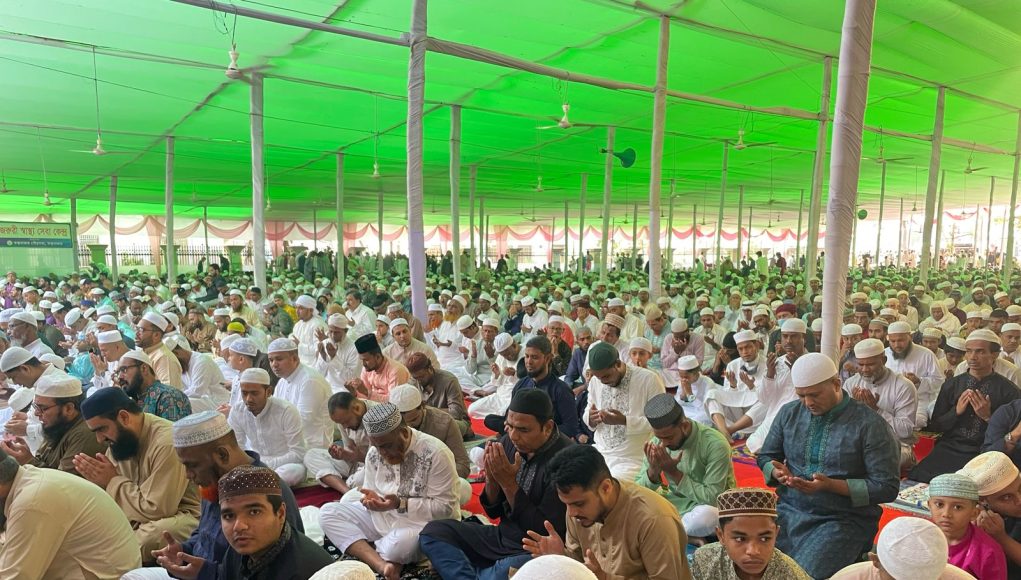Eid—the name itself is synonymous with joy, a festival woven with love and harmony. As the breeze carries the melody of celebration, hearts resonate with unity and bliss.
Whether in cities or villages, the essence of Eid remains unchanged, but the celebrations add a beautiful contrast to its diversity.
Preparations and Shopping Excitement
In cities, the streets bustle with anticipation long before Eid. Shopping malls, markets, and street stalls overflow with eager shoppers searching for the perfect attire, shoes, and accessories, as children’s laughter fills the air.
In villages, Eid preparations take a different form. Local markets provide everything required for the festival, despite the less extravagant shopping. Many households sew their clothes, and the excitement of simple yet heartfelt preparations fills the atmosphere with warmth.
The Last Moments of Ramadan and Sehri
The final nights of Ramadan are characterized by a lively atmosphere in urban areas, as restaurants remain open for late-night Sehri, streets are illuminated, and individuals enjoy the festive ambiance.
In contrast, villages offer a serene experience. Families gather for Sehri in a peaceful setting, the cool night breeze whispering through the trees, and the distant call to prayer creating a moment of pure tranquility.
Eid Prayer: A Gathering of Unity
Grand mosques and Eidgahs in cities host Eid prayers, with multiple congregations accommodating the large crowd. The sight of thousands joining in unison creates an awe-inspiring spectacle.
In villages, people often hold prayer in open fields, where the abundant greenery enhances the spiritual beauty. The joy of greeting one another, children running around gleefully, and the communal spirit make it a heartwarming experience.
Social Bonding: The Touch of Affection
In cities, Eid is celebrated with visits to relatives’ homes, exchanging gifts, and sharing greetings. However, the fast-paced urban life sometimes limits these interactions.
In villages, Eid is an open-hearted affair. Families and neighbors visit each other’s homes, share meals together, and exchange heartfelt conversations. The sense of togetherness is deeply rooted in the village’s festive spirit.
Eid Delicacies: A Feast of Tradition
City dining tables are adorned with a lavish spread—kebabs, roasts, Kunafa, Firni, Pulao, and Korma, among other delicacies.
In villages, the menu is simpler yet rich in tradition—homemade sweets, rice pudding, curd, and flavorful country-style chicken dishes. Every bite carries the love and warmth of home-cooked meals, making it even more special.
Entertainment and Festivities
In cities, Eid celebrations often include visits to cinemas, amusement parks, or even short vacations.
However, in villages, Eid is a grand festival of its own. Traditional games like boat racing, stick fights, and Ha-du-du (Kabaddi) bring the community together, filling the day with laughter and excitement.
Final Thoughts
Be it in a bustling city or a tranquil village, the true essence of Eid remains the same—joy, love, and the spirit of togetherness. Eid arrives like a new sunrise, bringing hope, peace, and the promise of shared happiness.
By Rajin Saleh
File Photo










